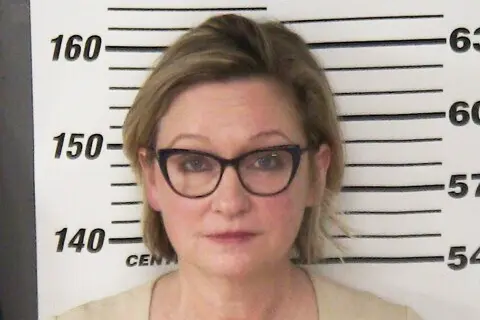WARWICK, Rhode Island—A Rhode Island school district reversed its decision to start serving cold sandwiches instead of hot lunches next week to students whose families owe lunch money.
Warwick Public Schools had said it would serve sunflower butter and jelly sandwiches to students whose families are in arrears beginning on Monday, May 13, sparking a public backlash and upsetting the mayor, who asked the school committee to reconsider. The district said it was owed about $77,000 for lunches and couldn’t absorb more debt.





